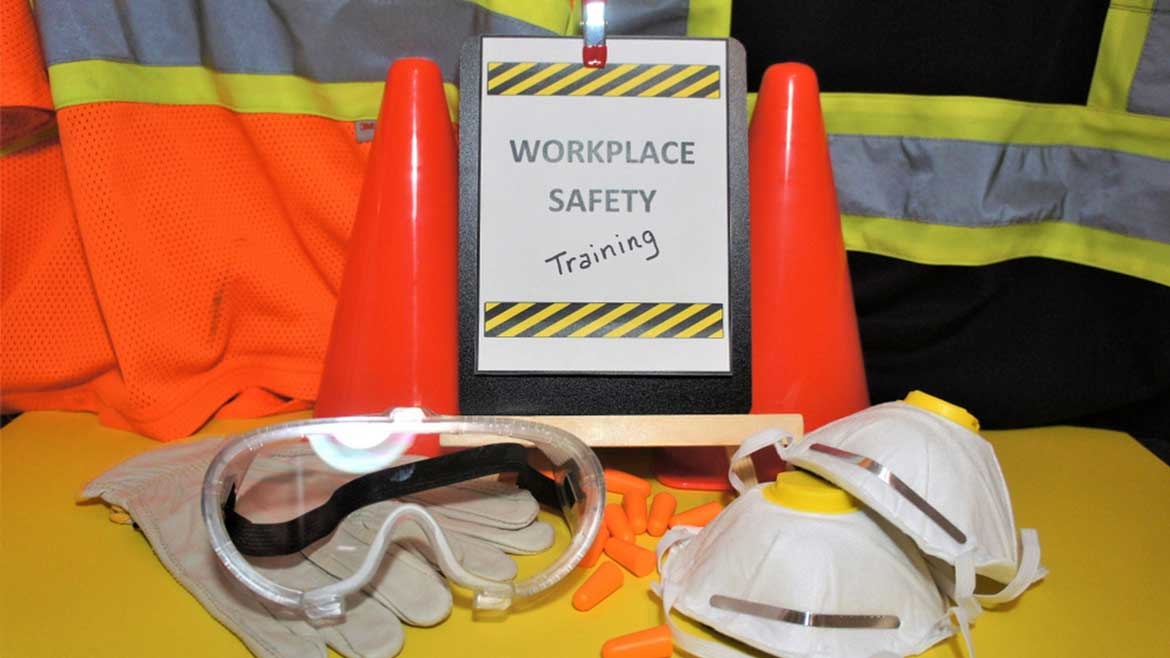Do you have a workplace safety program?

If you ever get audited by HIOSH, one of the first items they will ask you to produce is a written safety program. HIOSH requires you to have on if you have 25 or more employees. This is a document that outlines the safety process for the organization.
Why is a safety program important?
The program will establish the company’s safety intentions, clarify the roles and responsibilities of everyone involved, and create basic procedures on how the company will meet regulatory requirements. This written safety program is to your company, as a set of blueprints is to building any structure. With a plan, your results will be consistent and sound.
Where do you start?
As with our A.I.M process, start off with analyzing the needs of the company. What are the hazards involved in the operations? Are there injury/accident trends that need to be addressed? Are there regulatory standards that need to be adhered to? Gather as much information about the current conditions and safety process as it stands. Then compare any safety programs that you can get your hands on to pick and choose elements that apply to your operations.
When developing your program, keep in mind that everything within the document is something that your company will commit to doing. Companies often take templates and fill their company name in without understanding what the program entails. So if the template says the company will conduct weekly safety training, ensure that this will actually be done.
What are the key components?
A written program does not have to be lengthy or resemble the thickness of a dictionary. In fact, a good program will outline key safety items, and be simple enough for everyone to understand and follow. Whichever form this document takes, just make sure the following components are considered:
- A Policy or Mission statement – Establish what you want to accomplish
- Performance standards for all employees. This includes Managers and Supervisors
- A designated Safety Coordinator
- Safety responsibilities for all levels
- Safety committee roles
- Written work rules and safe practices
- Disciplinary Actions
- Accident reporting and investigation
- Regulatory programs
- Training
The last step
Once the document is put together and approved by top management, it needs to be rolled out to the whole company. Start with Managers and explain to them their roles. It is imperative that all Managers understand what is expected of them. They will set the tone to a successful safety program. Then roll it out to the employees. The President of the company would be the perfect person to relay the message to the troops.
Our Risk Evaluation Department can provide you with a template of a written program to get you started, or call us if you have any questions about the process. When everyone knows their roles and responsibilities, communication and interaction will improve.

